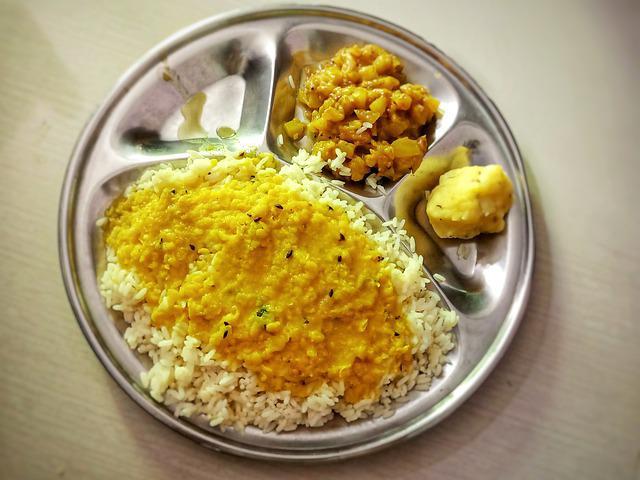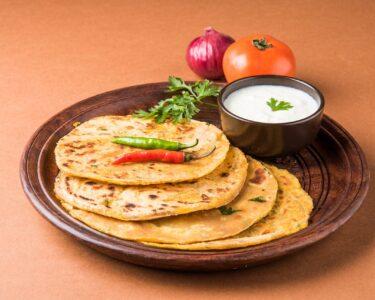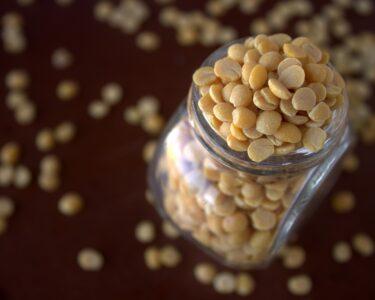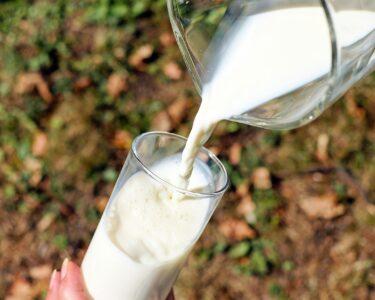What to eat and what not to eat – is a constant confusion for COPD patients. This blog is going to give you detailed guidance in planning an Indian diet for COPD patients.
COPD or Chronic Obstructive Pulmonary Disease makes you feel hard to breathe. Unfortunately, it’s an irreversible condition that means you cannot fix the lung damage that has already happened. Then how does diet helps to make the condition better?
A well planned Indian diet for COPD patients helps to –
- Maintain your weight which makes your lung function better
- Reduce bloating/ flatulence that creates pressure on the chest and makes it difficult to breath
- Reduce the inflammation to improve the lung function
- Lower the risk of other diseases – diabetes, heart problem, etc – which may further worsen the situation
Let’s focus on following doubts to plan the diet better –
- What would be the best and worst cereals or grains for COPD patients?
- How much fiber is enough for COPD patients?
- How to ensure protein in a COPD diet?
- What is the safe fat for COPD patients?
- What are the best vegetables and fruits for COPD?
- What are the best and quick diet tips for COPD patients?
- Are there any other points to remember?
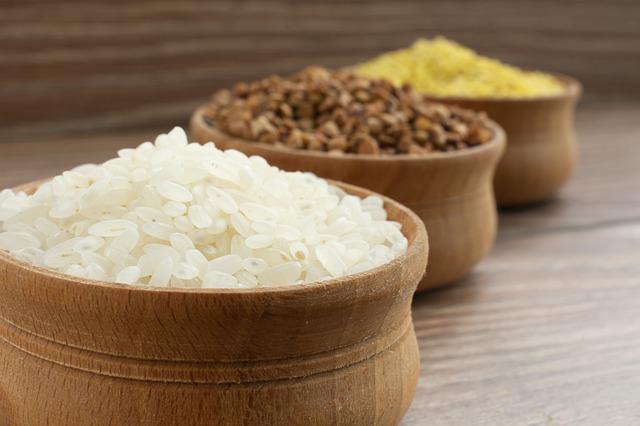
What would be the best and worst cereals or grains in the Indian diet for COPD patients?
Grains or cereals – rice, roti, suji, dalia, sabudna, oats, bread, noodles, pasta, millets, soft drinks, biscuits, etc are rich in carbohydrates and the primary source of energy in the Indian diet.
Even if you are a COPD patient, you need the energy to run your body. Standard Indian dietary guideline suggests that 50- 60% of your daily energy should come from carbohydrate.
You eat carbohydrate, it gets digested and metabolized and produces energy and carbon dioxide. However, research suggests that high carbohydrate-containing meal especially simple carbohydrate (refined flour, carbonated drink, etc) after metabolism significantly increases the CO2 level for the amount of oxygen used. (1)
Therefore keeping a check on carbohydrate-rich food is essential to breathe easily. Study shows that a small reduction of carbohydrate in the diet has a significant effect on the oxygen level and breathlessness of COPD patients. (1)
Does it mean you should have a low carbohydrate diet? Not really, you eat in moderation and don’t even try to eat any extra. If you are experiencing breathlessness after eating, that means you have probably eaten too much rice/ roti/ bread/ upma/ dosa/ poha, etc.
Besides breathlessness, many COPD patients struggle to lose weight. Therefore to keep a check on weight gain, reducing the extra carbohydrate is going to be the best move.
It’s not only about the amount of carbohydrate; it is also largely on what type of carbohydrate you are consuming daily. Research suggests including whole grains in the diet and avoiding all possible refined carbs. (8)(9)
Try to eat complex carbohydrates rather than simple ones. Tables 1 and 2 below will help you to pick the best one.
Table 1: Choose your carbohydrate wisely
| Cereals to include | Cereals to limit | Cereals to avoid |
| Barley, Oat, semi-polished rice, Boiled rice, dalia, suji, ragi, jowar, Bajra, murmura, poha, bhutta, makhana, khoi, quinoa | Bread, polished rice, sabudana, pasta, noodles High fiber cereal like brown rice, red rice, etc | Products containing Refined flour-like biscuits, baked items- donuts, cakes, brownies Instant pasta, instant noodles, instant oats |
Table 2: Distribution of carbohydrate throughout the day –
| Breakfast | Lunch | Evening snack | Dinner |
| Upma/ Poha/ Dosa/ Idli/ Sandwich/ Oats/ Barley porridge/ Ragi porridge | Semi polished rice/ Atta roti/ Jowar roti/ Bajra roti/ | Murmura/ Khoi/ Bhutta/ Popcorn/ Makhana/ Wheat puff | Semi polished rice/ Atta roti |
If you want to get our expert dietician suggestions to create a customized diet to you
How much carbohydrate is enough for a day?
Eat your rice and roti along with dal, sabzi, dahi, fish/ chicken, etc till the point you feel light. You must stop eating before you realize that you ate way too much. So eat slowly and take small portions, to begin with. Think thrice before taking any second helping. It’s better to feel comfortable after eating rather than experiencing acute breathlessness. (3)
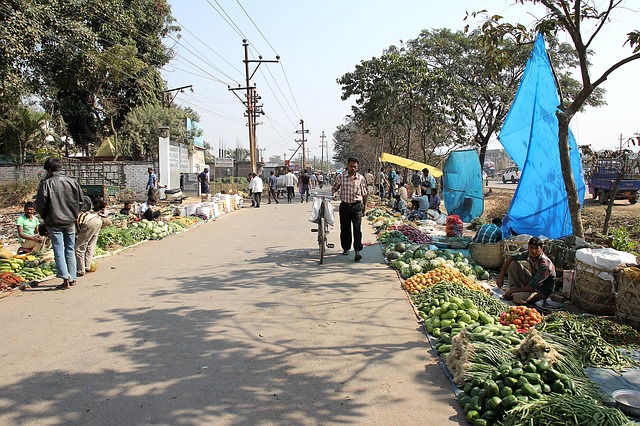
How much fiber is enough for COPD patients?
Fiber is a form of complex carbohydrate which remains undigested in our body. It helps to –
- feel us full
- helps to clear the bowel movement
- keep blood sugar, and blood pressure under control
- maintain the gut health and thus boost our immunity
Research suggests that higher fiber intake reduces the chance of COPD up to 40%. (10)(11)
However, fiber is also responsible for –
- Creating gas and making you feel bloated
- Poor absorption of calcium and iron
Therefore, you must be careful with your fiber intake. Bring the balance. Loading a diet with excess fiber is going to make a mess with your health.
A little bit of gas and bloating generally make it hard to breathe for COPD patients. In addition, in many cases, COPD patients are kept on steroid drugs. These drugs increase the calcium requirement of your body. So, if you are having a high fiber diet on daily basis, you may end up developing a calcium deficiency.
It is best to choose a grain that is moderately high in fiber along with fresh vegetables, fruits, nuts, and seeds to maintain a good fiber content in the diet.
How about replacing rice and wheat atta with millets (jawar, bajra, ragi) and brown rice?
If you experience gas and bloating often, switching completely to millets and brown rice may not be wise.
Millets and brown rice are very high in fiber and people often find them hard to digest. On the other hand, choosing semi-polished rice and wheat atta are moderately balanced with fiber and generally easy to digest. So take your call based on your digestive capacity.
Having jawar, bajra, ragi or brown rice once or twice a week may be perfectly fine as a part of your balanced diet.
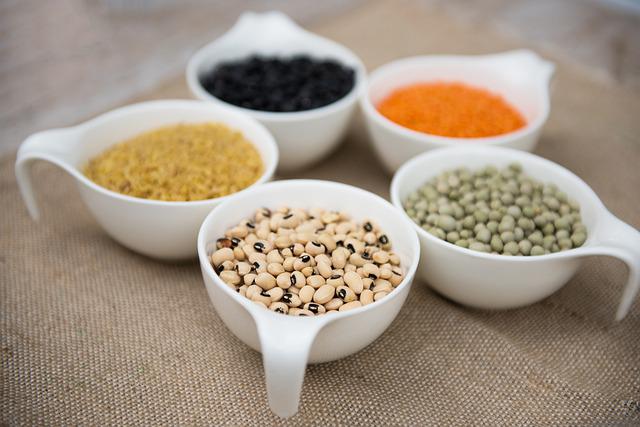
How to ensure protein in an Indian diet for COPD diet?
Feel free to consume good quality protein in your daily diet. If you are a vegetarian consider having dal, sprouts, milk, and milk products (dahi, buttermilk, paneer, etc). having low-fat dairy seems to be advantageous for COPD patients. (13)
Understand every human body is different. If you find milk forms a lot of gas for you, then avoid milk. However, it has been seen that many find it okay to digest homemade dahi, paneer, buttermilk, etc. Being a COPD patient, you have to be very careful to avoid foods that make you bloat.
Similarly many complain that dal makes them feel gassy. If you feel the same then consider soaking dal overnight. Wash it well the next day and then cook. This will help to reduce the anti-nutritional factors (gas-making substance) from dal.
If you are a non-vegetarian, then continue having fish, chicken, egg, etc in moderation. A piece of fish or, 2-3 pieces of chicken, along with a whole egg is fine for a day. (12)
Don’t overeat or try to consume a very high protein diet. You may also have 2-3 pieces of red meat once or twice a month.
However, avoid eating processed meat, cold cuts like sausage, salami, ready to cook nuggets, hotdogs,s, etc.
What is the safe fat for COPD patients?
The study suggests that a little reduction in carbohydrates along with a bit of extra fat in the diet helps to significantly improve the oxygen and breathlessness of COPD patients.
However, the choice of fat is very important. Include good fat and avoid trans fat as much as possible.
Follow the table 3 to make a good fat choice –
Table 3: Pick the right fat –
| Good fat | Bad fat |
| Nuts like – walnut, cashew, almond, pistachio, peanut | Margarine, refined oil, dalda, hydrogenated fat (found in most the processed food) |
| Seeds like – flax seed, chia seed, pumpkin seed, sesame seed, sunflower seed, watermelon seed | |
| Ghee, cold-pressed cooking oil, filtered groundnut oil, Kachi Ghani mustard oil, |
Consider eating foods rich in omega-3 fatty acids like walnut, chia seed, flax seed, etc. Have 2-3walnut and a spoonful of chia seed and flaxseed regularly.
Note that nuts and seeds not only provide you with good fat but they are also a potent source of protein, fiber, vitamins, and minerals.
Don’t forget to soak or roast all the nuts and seeds before taking them. A fistful of the mixture of nuts and seeds is enough to provide good fat.
Avoid fried food or processed food as much as possible to keep your weight under control. However, use cold-pressed/ filtered/ Kachi Ghani Mustard oil for seasoning and cooking food. Feel free to use a tsp of ghee every day during lunch or dinner.
Good fats not only help to keep your heart healthy but also assist to absorb fat-soluble vitamins (Vitamin A, D, E, K) better.
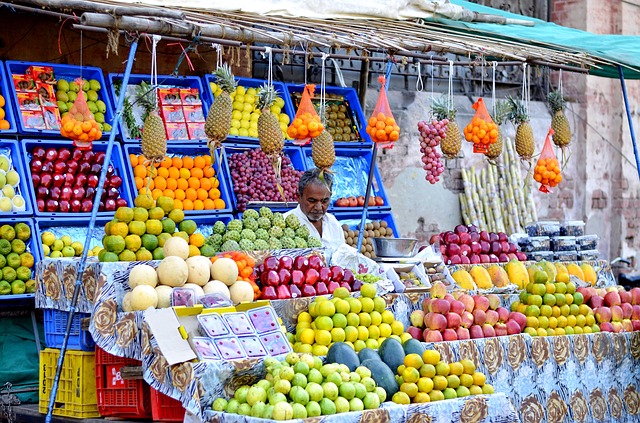
What are the best vegetables and fruits in the Indian diet for COPD Patients?
Research shows that having a good amount of vegetables and fruits helps to improve COPD conditions. (5)
Vegetables and fruits should be an integral part of the diet for COPD patients for multiple reasons –
- COPD patients who are on steroid medicine often need more calcium and potassium. Steroids increase the loss of these minerals through urine. (2) Besides this, to meet the supply of vitamins, minerals, and antioxidants, vegetables and fruits are an excellent choice.
- Vegetables and fruits are rich sources of soluble and insoluble fiber, vitamins, and minerals. These are needed for regular bowel movements. Otherwise, there are chances to develop constipation, gas, and experience of breathlessness.
However, patients must be careful with the choice of vegetables and fruits. If you have experience gas and bloating after eating certain vegetables and fruits, it’s wise to eliminate that from the diet.
If you aren’t sure but feeling gassy most of the time, try to follow table 4. It may help you to identify the gas-causing food. Otherwise, feel free to enjoy every vegetable and fruit as per season and local availability.
There is a study that shows that having hard solid fruit like apple/ pear – 5 or more per week leaves a positive impact on lung health. (6, 7)
Table 4: Pick the right vegetables and fruits
| Fruits & vegetables may cause gas | Fruits & vegetables are generally found to be safe |
| Apple, mango, pear, watermelon, litchi, plum, | Banana (not over ripe), Grapefruit, grape, cantaloupe, lemon, pineapple, mosambi, pomegranate, coconut, honeydew, orange, papaya (ripe) |
| Brinjal, onion, garlic, cabbage, broccoli, cauliflower | Beet, carrot, bell pepper, cucumber, brinjal, okra, potato, raw papaya, turnip, yam, gourd, pumpkin, spinach, tomato |
Make sure you not only consume cooked vegetables but also some amount of raw vegetables as well. Having a salad or raw vegetable juice are wonderful ways to ensure that.
Try to eat fruit as a whole and not the fruit juice to consume the fruit fiber.
However, you may try vegetable fruit juice (carrot- orange or beetroot- pomegranate, etc) along with at least half of its pulp.
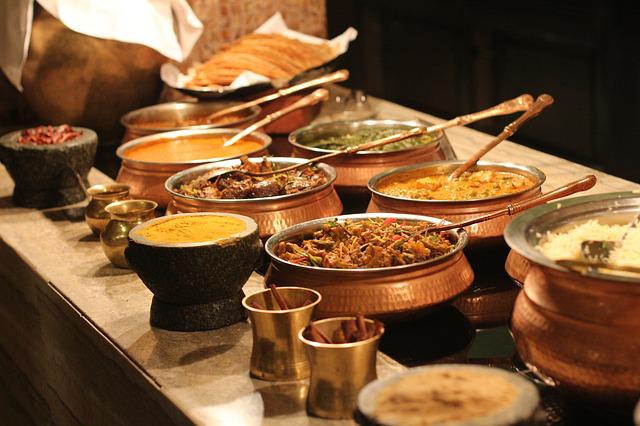
What are the best and quick diet tips for COPD patients?
- Avoid processed sugar as much as possible. It is not good for your weight and general health. (4) So try to avoid sweets, carbonated drinks, ice cream, cake, and other baked items, chocolates, candy, etc.
- Restrict your salt intake. If you are already on steroids, your body is having a tendency to retain sodium in your body. You may have experienced bloating and water retention. Adding excess salt to the diet will make the situation even worse. Say no to all salty snacks like bhujia, namkeen , chips, crackers, instant noodles instant pasta, instant popcorn, instant oats, instant soup, salad dressing, sauce, etc.
- Fix your meal time. Eat every day at the same time
- Don’t eat full. Stop eating at the point when you do feel like eating another 2-3 spoons.
- Drink enough water. Make sure you carry a stainless steel bottle with you and keep sipping.
- Try to finish your dinner at least 3 hrs before you sleep. Staying light will help to sleep deep.
- Eat nothing for 3-4 hrs after having lunch and a good breakfast.
- Have a small snack in the evening – may be a small fruit or a fistful of nuts and seeds or 3-4 handfuls of any puffed cereal (murmura/ popcorn/ makhana) and leave a gap of 2 hrs before having dinner.
Are there any other points to remember?
- Make sure you go for a walk every day. Push yourself a little to walk whatever distance your body permits. (14)
- Try breathing exercises. Consult an expert and seek help with the actual techniques. (15)
- Try to fix your sleep cycle. Early to bed and early to rise – should be your mantra.
- Meditate before going to bed for better sleep quality.
Bottom line
Living with COPD is not easy. A good, balanced Indian diet for COPD patients will help to have better control over their symptoms. You may have other health complications along with COPD. Feel free to consult a qualified nutritionist to help you plan your diet. All the best.
Need a Custom Diet Plan? Book an Appointment with Our Expert Dietician

